Alberto Lillo
Can empathy affect the attribution of mental states to robots?
Sep 06, 2023Abstract:This paper presents an experimental study showing that the humanoid robot NAO, in a condition already validated with regards to its capacity to trigger situational empathy in humans, is able to stimulate the attribution of mental states towards itself. Indeed, results show that participants not only experienced empathy towards NAO, when the robot was afraid of losing its memory due to a malfunction, but they also attributed higher scores to the robot emotional intelligence in the Attribution of Mental State Questionnaire, in comparison with the users in the control condition. This result suggests a possible correlation between empathy toward the robot and humans' attribution of mental states to it.
An affective and adaptive educational robot
May 20, 2022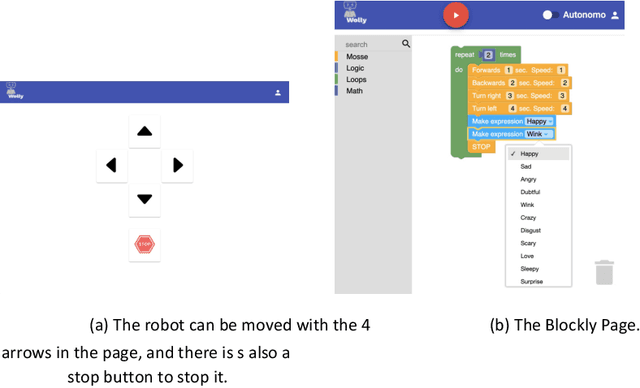
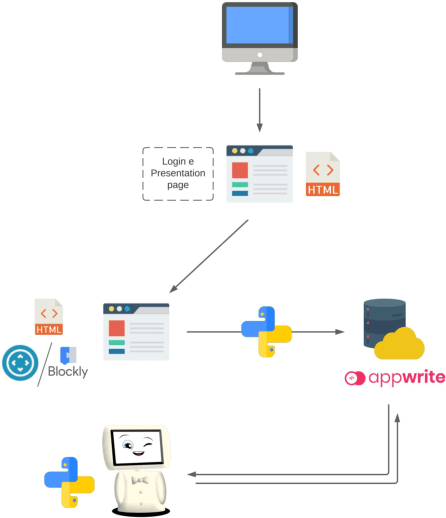
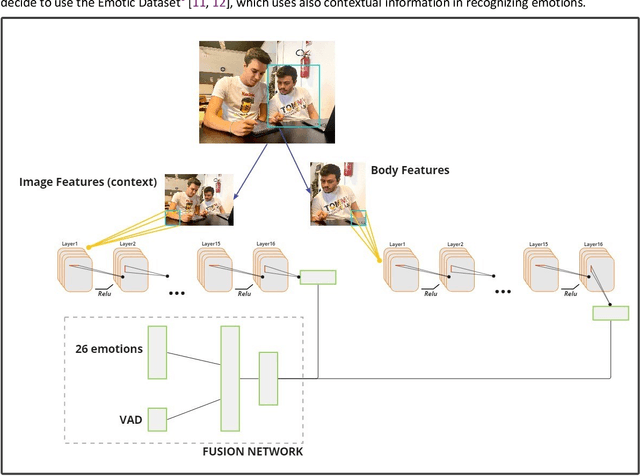
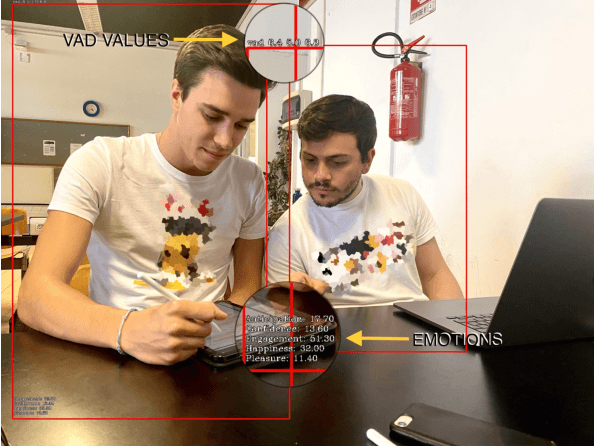
Abstract:In this paper we present an educational robot called Wolly, designed to engage children in an affective and social interaction. Indeed, we are now focusing on its role as an educational and affective robot capable of being controlled by coding instructions and at the same time interacting verbally and affectively with children by recognizing their emotions and remembering their interests, and adapting its behavior accordingly.
An end-user coding-based environment for programming an educational affective robot
Mar 12, 2022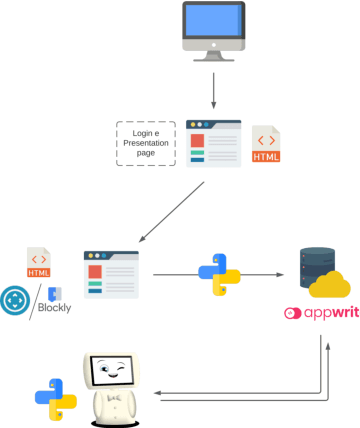
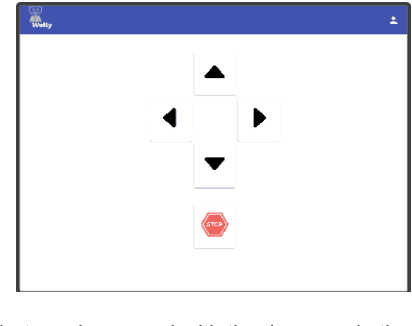
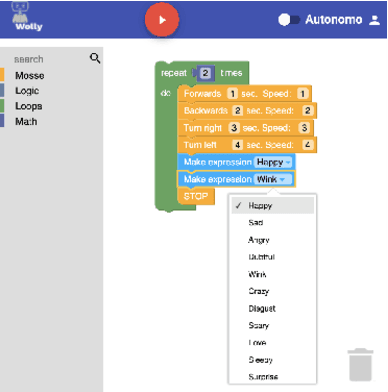
Abstract:In this paper we present an open source educational robot, designed both to engage children in an affective and social interaction, and to be programmable also in its social and affective behaviour. Indeed the robot, in addition to classic programming tasks, can also be programmed as a social robot. In addition to movements, the user can make the robot express emotions and make it say things. The robot can also be left in autonomous mode, in which it is able to carry out both biometric user's features and emotion recognition, and greeting the user.
 Add to Chrome
Add to Chrome Add to Firefox
Add to Firefox Add to Edge
Add to Edge